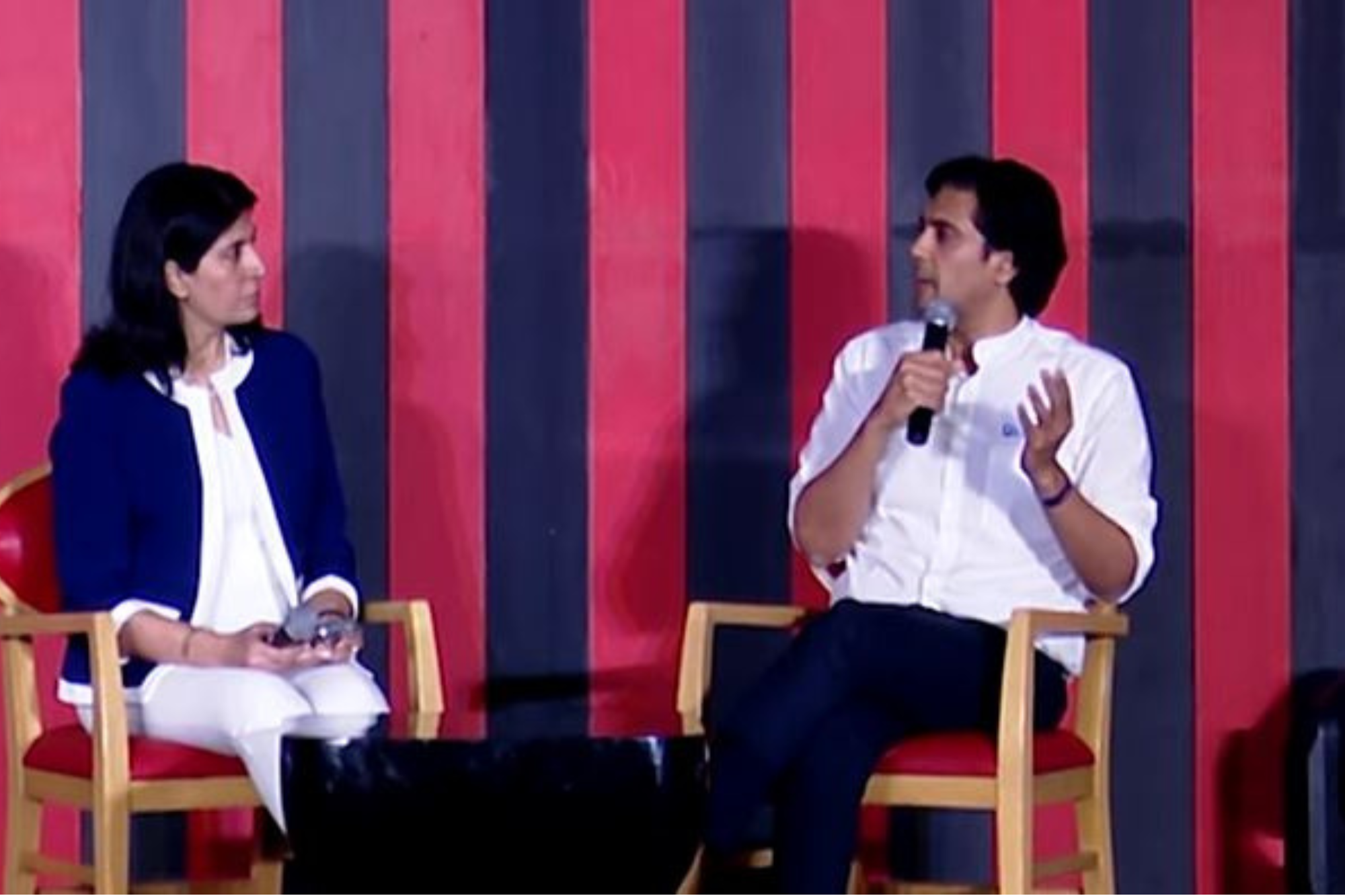How can a Merchant Receive Payment From a Consumer With Minimal Efforts? RBI has clarified that all forms of wallet interoperability will happen through Unified Payments Interface (UPI) and cards through the interoperable card networks for full KYC complaint wallets
By Sunil Rongala •
Opinions expressed by Entrepreneur contributors are their own.
You're reading Entrepreneur India, an international franchise of Entrepreneur Media.

Despite all the recent increases made in digital payments, India is still a country where most merchant transactions are predominantly made through cash. For this to change, it would require a mindset change in the merchant that accepting cash is not costless – there is a hidden cost to accepting cash and sometimes those costs can be higher than the cost of accepting digital transactions. The second thing that would need to be changed is that accepting digital payments is about as seamless as it can be with none of the cumbersomeness that used to be seen before. However, this requires some education to be imparted to merchants on how they can receive payments from consumers seamlessly. Below are some channels through which this can happen.
POS terminals:
The basic purpose of POS terminals is to allow customers to pay digitally through cards. With over 3 million terminals in the market and over 958 million debit cards and 44 million credit cards in circulation in India, consumers first choice to make digital payments is almost always to bring out their card to pay for goods and services. Banks and other institutions are increasing the spread of POS terminals on a nearly daily basis. In addition, the spread of NFC terminals (tap and go) means it becomes very easy for consumers to make a payment. Given that the RBI has allowed consumers to do NFC transactions below Rs. 2000 without any PIN, the ease of a transaction makes it the go-to choice for a consumer.
Unified Payments Interface (UPI):
Asset-light models like UPI has made it possible to seamlessly transfer money using smartphones. It enables instant fund transfer between bank accounts without having to add beneficiaries. Many UPI apps have been introduced by banks and third-party players to encourage cashless transactions. To facilitate UPI transactions at merchant locations, static UPI QR codes can be posted at the counter for consumers to pay. With innovative solutions being introduced for UPI based payment, merchants can also integrate UPI@POS services for generating dynamic QR codes to receive payments. The consumer may simply scan the QR code with any UPI app, enter the amount and initiate payment. Several payment entities are incentivising both consumers and merchants in order to build app stickiness. The increasing popularity of UPI has led to impressive growth in a number of transactions by over 300 per cent in 2018 alone.
E-wallets:
Use of e-wallets skyrocketed post demonetization as users were compelled to use it for all kinds of payments. E-wallets provide convenience to users because instead of withdrawing cash from ATMs, customers can load a certain amount in their digital wallet and transact through mobile. Merchants can receive payments instantly by simply flashing their mobile numbers or pasting static QR codes. Consumers use e-wallets across categories like bill payments, mobile recharge, grocery stores, petrol pumps etc. apart from peer-to-peer payments. Moreover, the central bank has decided to allow PPI issuers additional time of six months for completion of the KYC process against the previous deadline of February 28, 2019. Going forward, RBI has also clarified that all forms of wallet interoperability will happen through Unified Payments Interface (UPI) and cards through the interoperable card networks for full KYC complaint wallets.
In a bid to further boost digital transactions among a wider set of merchants, especially small merchants, RBI has brought several changes to the Merchant Discount Rate (MDR) for debit card transactions. It has rationalized MDR based on the categorization of merchants on the basis of turnover. It has also differentiated MDR for QR-code based transactions and specified a ceiling on the maximum permissible MDR for both "card present' and "card not present' transactions. The government has also decided to bear the MDR charges on digital transactions up to Rs. 2,000 for a period of two years starting Jan 1, 2019.










